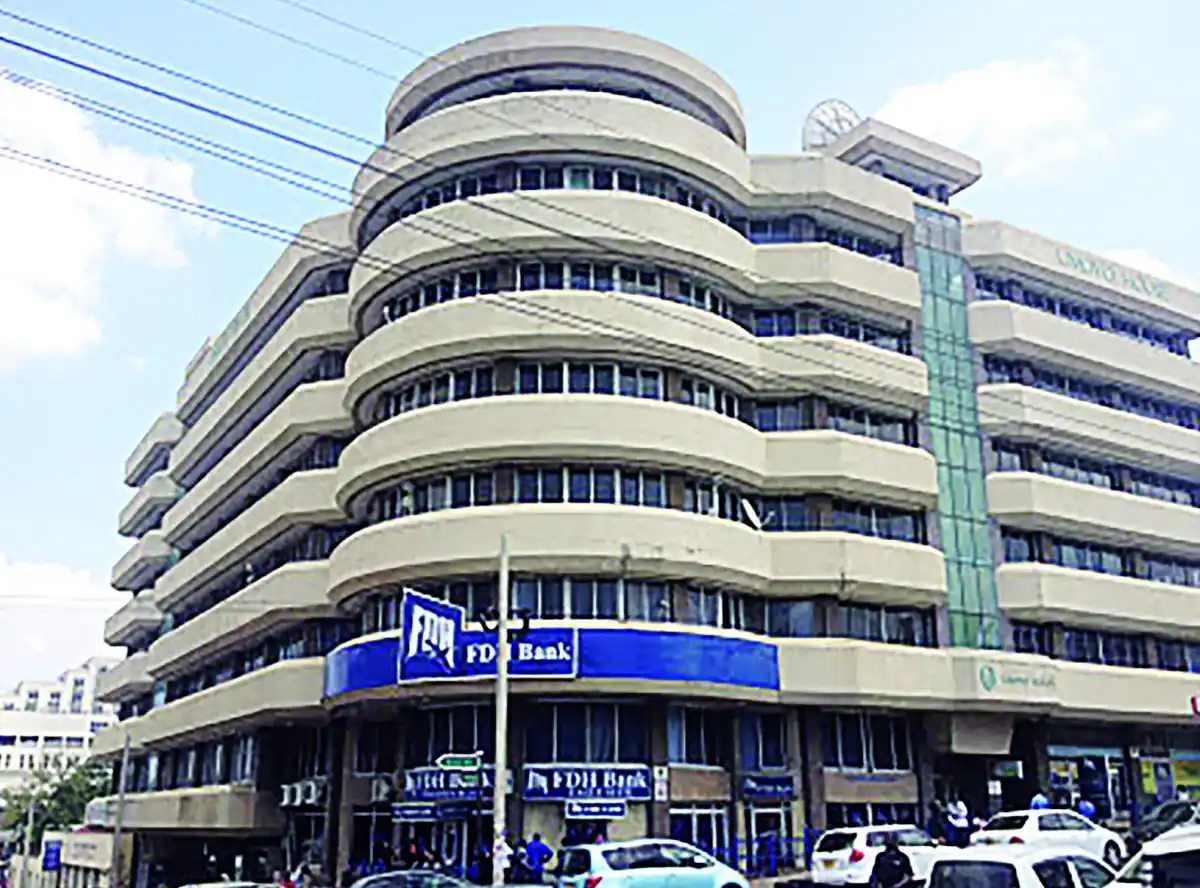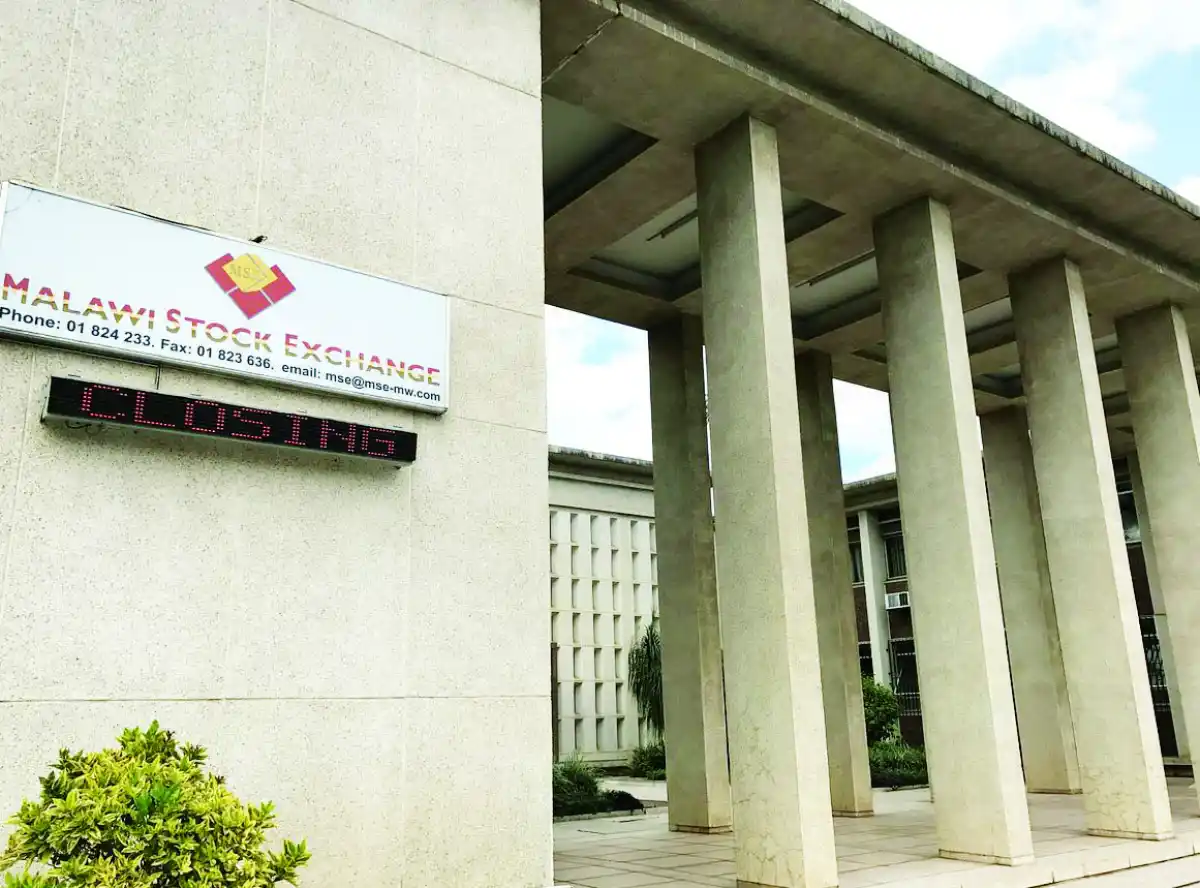
By Benadetta Chiwanda Mia:
Commercial banks have held steady the reference rate for October 2024 at 25.4 percent.
This marks the third consecutive month the banks kept the rate unchanged since July 2024, following gradual increases from 25 percent in May to 25.1 percent in June.
National Bank of Malawi, Standard Bank and FDH Bank are among the financial institutions that announced the decision to maintain the reference rate at 25.4 percent, effective October 3, 2024.
The reference rate is the rate at which commercial banks borrow and lend money to each other.

Financial Dealers Association of Malawi President Leslie Fatch said stability in the rates supports maintaining the October reference rate at 25.4 percent.
“High borrowing costs theoretically reduce consumer spending power and discourage business borrowing.
“However, we expect overall borrowing to decrease as businesses find it difficult to cover their borrowing costs in the current economy,” he said.
He then warned that lenders might reduce lending due to increased default risks associated with high interest rates and tight monetary policies.
According to Fatch, the government’s borrowing to cover fiscal deficits contributes to this situation, absorbing liquidity and crowding out the private sector in an environment with unfavorable commercial lending conditions.
Looking ahead, Fatch anticipates the reference rate to align with evolving monetary policies.
“As money supply contracts, we might see rises in the overnight interbank and Treasury bill rates, impacting the reference rate. However, recent marginal increases in these rates weren’t significant enough to affect the October reference rate,” he said.

Economist Edward Chilima said that the banks’ decision is a response to the Reserve Bank’s monetary policy aimed at tightening liquidity levels.
Chilima noted that while stability over the past three months is a positive sign, the reference rate remains high, indicating continued high borrowing costs for individuals and businesses.
“Ideally, one would hope to see a reduction, if the economic parameters were right, to further promote economic development,” Chilima said.
He pointed out that with the current inflation rate at 33.9 percent, reducing the reference rate or lending interest rates is challenging.
“The ideal scenario would be a reduction in the reference rate, but that’s unlikely given the rising inflation rate. Indicators suggest that inflation may continue to rise, particularly since we are still out of our growing season. With inflation higher than interest rates, we face negative savings,” Chilima said.
In July, the Reserve Bank of Malawi maintained the policy rate at 26 percent.








0 Comments